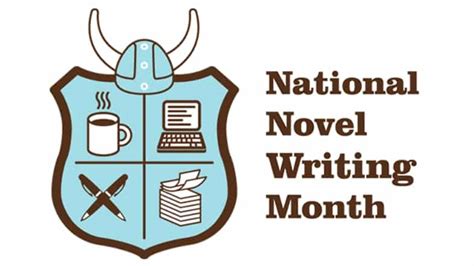One of the first pieces of advice I received when I started to write for publication was to find a critique group. Back then, I was pretty much doing whatever anyone told me since I had no idea what this writing business was about, so I reached out and soon connected with a small band of people who said they were writers.
It turned out that two of them were and two wanted to be.
One actually published the book she’d brought to the group and that we'd all read and critiqued. Another finished writing an excellent saga, but never published it. Both of these people impressed me with their talent and know-how, and I learned a lot from them. Our format was to submit writing samples via email about a week before we met, and then give our comments in person. We’d spend about three hours every other week, so slowly our time together became social as well as professional. The group lasted about five years before it disbanded. By that time, I was convinced that I needed other eyes and minds attending to what I was writing, so I found a second group.
This time the members met online, submitting their work via email, critiquing it, and emailing it back. Unfortunately, once I was involved, I discovered there was quite an unevenness in the level of writing, and much of the feedback wasn’t helpful. Soon, three of us peeled away and formed a more cohesive group. These writers turned out to be keen-eyed editors as well as excellent and dedicated writers. I’m still exchanging work with two who have gone on to publish several successful books.
Sometime during these critique group experiences, I realized that while I was improving my writing craft, I was also acquiring two more important skills—critiquing and networking in this new field where I knew nobody. Also, I’d become much more discerning about the kind of group I wanted to affiliate with, so I formed a plan.
When I played tennis, I always tried to find better players to compete against, reasoning that I could improve my game that way. So I applied that principle to this new endeavor. Before I joined another critique group, here's what I did.
I asked to read samples of their work and submitted samples of my own.
I asked to see an actual critique they’d done and reciprocated with one of my critiques.
I told them I needed to know about their format--online or in-person as well as their schedule for submitting.
The reason I asked about the last item is that I’m a slow thinker and like to consider a piece before I make suggestions or offer comments. I prefer reading large chunks of a manuscript rather than chapters or excerpts. I told any group I wanted to join that I recognized carving out a large amount of time might be difficult for people. However, I made it clear from the start that I was open to exchanging full manuscripts and longer segments of a WIP. This turned out to be good because sometimes we actually exchanged full manuscripts.
So far I’ve been a part of four different writing groups, and after this amount of time sharing work, I’ve come to recognize a pattern that seems to be common to all of them.
There is a tendency to want to maintain a cohesive and friendly atmosphere, especially after a group has a long history. This is great, but it can also lead to less helpful comments. Saying that something’s "just wonderful" makes a writer’s heart flutter with joy, but what if it isn’t just wonderful? What if they could make it better than it is? And what does just wonderful mean anyway? While it’s obviously kinder comment, it’s not any more helpful than, This isn't good."
When I go through one of the sample critiques to make my decision to join a group or not, I look for three things:
their overview comments
the kinds of edits (punctuation, typos, global impressions), and
specific suggestions for improvement.
I like to find an opening positive statement—there’s always something good in any writing, and that should be acknowledged. I like to find clear corrections about everything from those mechanical details to emotional responses, but most importantly, I like to find specific suggestions that I can consider to improve my work.
Some groups like to hear the story read to them by the writer. I love being told a story, but I believe hearing one changes the perception. I’ve experienced that while listening to audiobooks. I’ve continued with an audible story that I know I would have stopped had I been reading it. It seems there’s kind of a “grade elevation” effect when you hear writers read their stories.
I found some studies contrasting the two modalities for processing writing (silent reading and hearing the story). These studies focus on retention of material, and the few abstracts I’ve read, indicate that there is either no difference in retention or retention is enhanced. I’d like to find some studies that contrast the perception of quality and enjoyment. Know of any studies like these?
In general, I believe critique groups have great value. They give writers different points of view on their solitary endeavors and open possibilities for growth and improvement. However, it has to be the “right” fit for me, and I think that’s important for any writer to determine before joining and sharing their work.
I hope you’ll weigh in if you’ve had critique group experience. And by all means, let me know if you agree or disagree with my take on the topic.
















